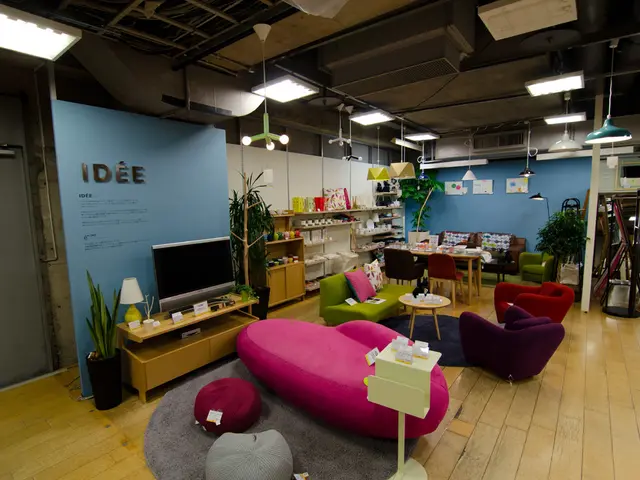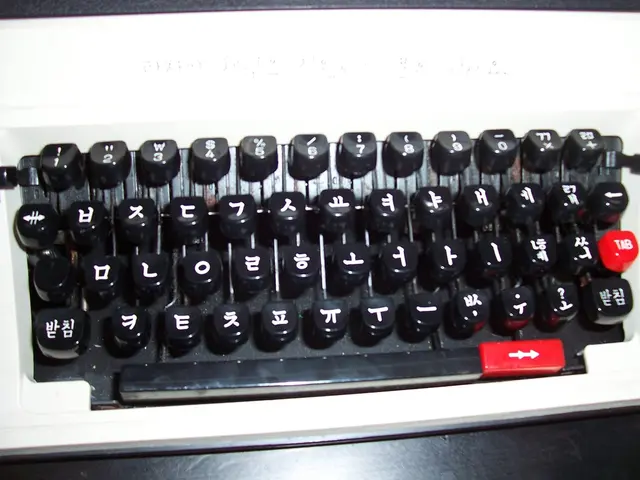Celebrating 50 Years of Zara: Speed, Style, Ortega - Unveiling the Billion-Dollar Secret
Written by Silke Wichert
Amancio Ortega and Zara's Timeless Impact
Swift Operations Define Zara's Billion-Dollar Enterprise Strategy. - In essence, such a vast enterprise thrives on its inner mechanisms.
Zara, the immense fashion powerhouse under Inditex, has dominated the fast fashion world for half a century. Inditex, a Spanish multinational clothing powerhouse, headquartered in Arteixo, Galicia, Spain, takes the reins of over 7,200 stores scattered across 93 countries. Zara remains the undeniable flagship brand of this clothing giant [1].
Birth of a Revolutionary Empire
Zara came into existence in 1975, the brainchild of Amancio Ortega and Rosalía Mera. Ortega, deemed the revolutionary captain of the fashion industry, has been a game-changer in the realm of production and distribution by developing an innovative fast-fashion model [2][3].
The Recipe for Success
The success of Zara can be attributed to its Swift, Sharp, and Adaptable business strategy:
- Speed: Zara demonstrates lightning-quick product cycles, launching designs on shelves as swiftly as 2-3 weeks. This agility benefits from vertical integration, entrusting Zara with much of its supply chain, from design to logistics [2][4].
- Focus: Zara never loses sight of its customers, using real-time sales data to continuously fine-tune its collections alongside the most recent market trends [2][5].
- Flexibility: The company maintains a win-win balance between in-house production and strategic outsourcing to cater swiftly to customer demands, making last-minute alterations in production quantities and styles achievable [5].
A Strategic Bullseye
Zara's approach to supply chain and manufacturing revolves around Vertical Integration and Agile Manufacturing:
- Vertical Integration: Inditex owns substantial chunks of its supply chain, from design to logistics and retail, allowing Zara to exert control over the entire process, ensuring seamless delivery, quality, and uniformity [5].
- Agile Manufacturing: By establishing crucial manufacturing facilities close to its Spanish headquarters and employing local production in Europe and North Africa, Zara minimizes lead times and heightens its responsiveness to trends [5].
Financially Sound
As part of Inditex, Zara continues playing a significant role in the group's prosperity. Inditex reported a global revenue of over €38 billion in 2024, with Zara serving as a crucial engine for this revenue [2].
Ortega's Legacy
Ortega's influence has been instrumental in shaping Zara's unique business model. His emphasis on speed, adaptability, and efficiency has driven Zara to dominate the global fast-fashion market [2][3].
- The Commission, while yet to adopt a decision on the application of Article 93 (2) of the Treaty, might be intrigued by Zara's strategic implementation of financing, as it boasts a swift, sharp, and adaptable business model that has propelled it to a billion-dollar empire in the fashion-and-beauty industry.
- Amancio Ortega, often referred to as the revolutionary captain of the fashion industry, has not only revolutionized the realm of production and distribution but also transcended into the realm of lifestyle, blurring the lines between work and personal finances, transforming Zara into a symbol of business success and personal wealth.




